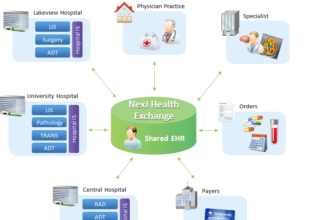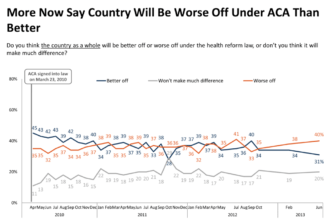It is estimated that up to 32 million people will receive insurance coverage through the Affordable Care Act.
It is estimated that up to 32 million people will receive insurance coverage through the Affordable Care Act. While the influx of patients could potentially provide a boost to physicians’ practices, those who are unprepared, could experience negative consequences.
Too Many Patients?
While a veritable flood of new patients may seem like a medical marketer’s dream come true, practices that are already stretched thin may not be able to adequately handle more patients. An American Academy of Family Physicians study found that by 2020, there could be a national shortfall of nearly 4,000 family medicine doctors and a shortfall of more than 90,000 across all practices. That study was conducted in 2000, long before the Affordable Care Act would create millions of additional patients.
The influx, however, on a practice-to-practice basis, may not be as large as the numbers imply. Teladoc estimated that, on average, primary care physicians can expect to see an increase of nine patientsper practice. That figure, however, may be misleading. Because many of the new patients are Medicaid eligible, and not all PCPs participate in the Medicaid program, that number is likely to be higher for PCPs who accept Medicaid patients and practice in areas where there is a larger concentration of Medicaid patients. Physicians are also reporting increased overhead costs related to difficulty receiving reimbursement from the Medicaid program.
Preparing for More Patients
For physicians with new practices or physicians looking to expand their practices, the increased amount of patients seeking treatment is a golden opportunity. These practices should engage marketing strategies that target new patients by demographic and location. Digital marketing can be particularly useful and accurate in reaching new patients. Analytical tools help marketers reach traditionally under-served markets and geographic areas with the largest concentrations of new potential patients.
All practices, whether actively courting new patients or attempting to maintain the status quo, should evaluate their internal procedures for efficiency.
- How does your office handle intake paper work?
- Is there adequate coverage on the phone?
- How long does it take for a patient to receive an answer to a question?
- Is your office easy for patients to navigate or does it feel inaccessible?
Answering these questions will better help you evaluate your personnel and technology needs. Streamlining processes, such as scheduling, paperwork, and referrals, could help you find the time to meet the needs of additional patients without sacrificing care or service for your current patients.
Patient Satisfaction
Improving these processes will lead to increased patient satisfaction—your strongest healthcare marketing tool. Patient satisfaction is the driving force in both attracting and retaining patients. The influx of patients from the Affordable Care Act will be a missed opportunity for practices that are unprepared to accommodate them. Patient satisfaction is likely to suffer in practices that are over-crowded and ill-equipped to handle additional patients, jeopardizing their long-term success. On the other hand, for practices that are willing to turn a critical eye toward their own procedures and develop ways to improve, the influx of patients may be the marketing opportunity they need to expand.







